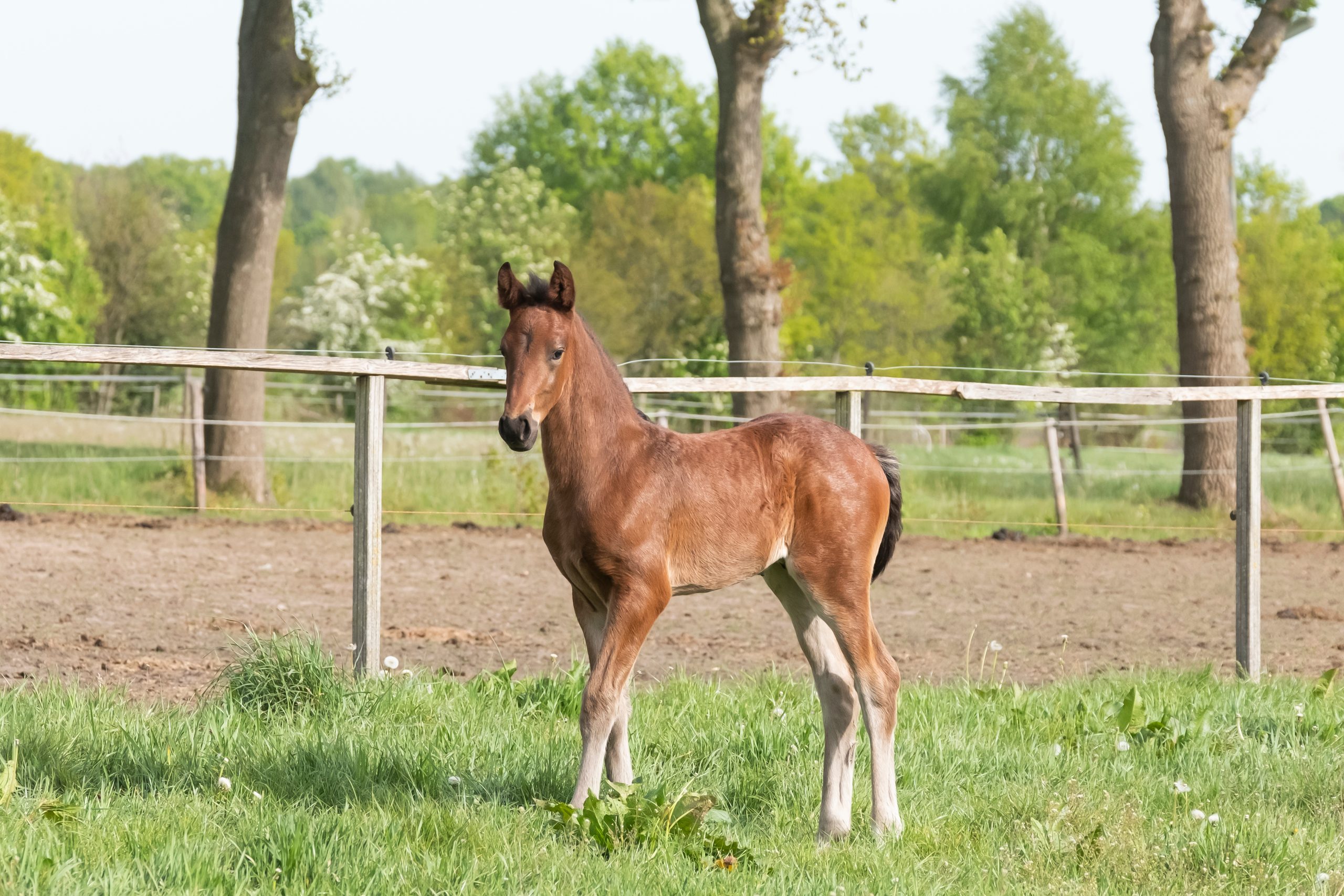When most people think about equine bodywork, they picture seasoned athletes: the show jumper with tight muscles, the barrel horse needing recovery, or the senior gelding with stiffness. But one of the best times to introduce bodywork is when a horse is young, before training and competition even begin.
Early bodywork helps set your horse up for a lifetime of soundness, balance, and positive experiences under saddle. Introducing bodywork opens up many opportunities. It helps a growing body with growing demands. It’s an opportunity to introduce positive handling and preventing bad habits. All of this helps to prepare a horse for training and performance.
Young horses go through rapid growth phases. Their bones, muscles, and connective tissues are constantly developing and reshaping. During growth spurts, it’s common to see temporary imbalance. For anyone who has ever owned a young horse, there are times when their croup is higher than their withers or they have some awkwardness in their movement. Doing some bodywork can help release tension from uneven growth patterns and support muscle symmetry and balance. It also can help reduce the chance of developing compensatory habits, for which horses are masters at. They will adjust how to move to avoid the pain, and those small adjustments can later become ingrained patterns, affecting performance and soundness. For example, a foal who stumbles in a field or leans on a hard fence, will most likely have a misaligned first rib. When that goes unchecked, by the time they are 3 years old they will have developed high/low syndrome in their front hooves. The higher hoof being the side the first rib is out of alignment. This foal will compensate for the rest of its life until someone knows how to re-align that first rib through musculoskeletal release. Then in time that hoof will balance out. Ultimately allowing that horse to use his body without compensating.
Bodywork is also a positive introduction to handling. Before a horse ever wears a saddle, they’re learning to accept touch, pressure, and human interaction. Bodywork provides a calm, positive experience that builds trust. When introduced early, horses learn to stand quietly and relax during sessions, by becoming accustomed to hands-on care. This makes vet, farrier, and saddle visits less stressful. They associate human interaction with comfort instead of tension.
When a horse transitions from groundwork to riding, the physical demands increase dramatically. Muscles must adapt to carrying a rider, staying balanced, and building strength in new ways. By starting bodywork early, your horse will develop better topline and core engagement. They move more freely, with correct biomechanics which in turn allows for a smoother transition into a training program.
Investing in your young horse is like preventative care and an investment in their longevity. Early bodywork can give your horse the foundation for a healthier, longer, and more comfortable career. It helps them grow more evenly, move correctly, and trust human touch. Their future self will thank you.

